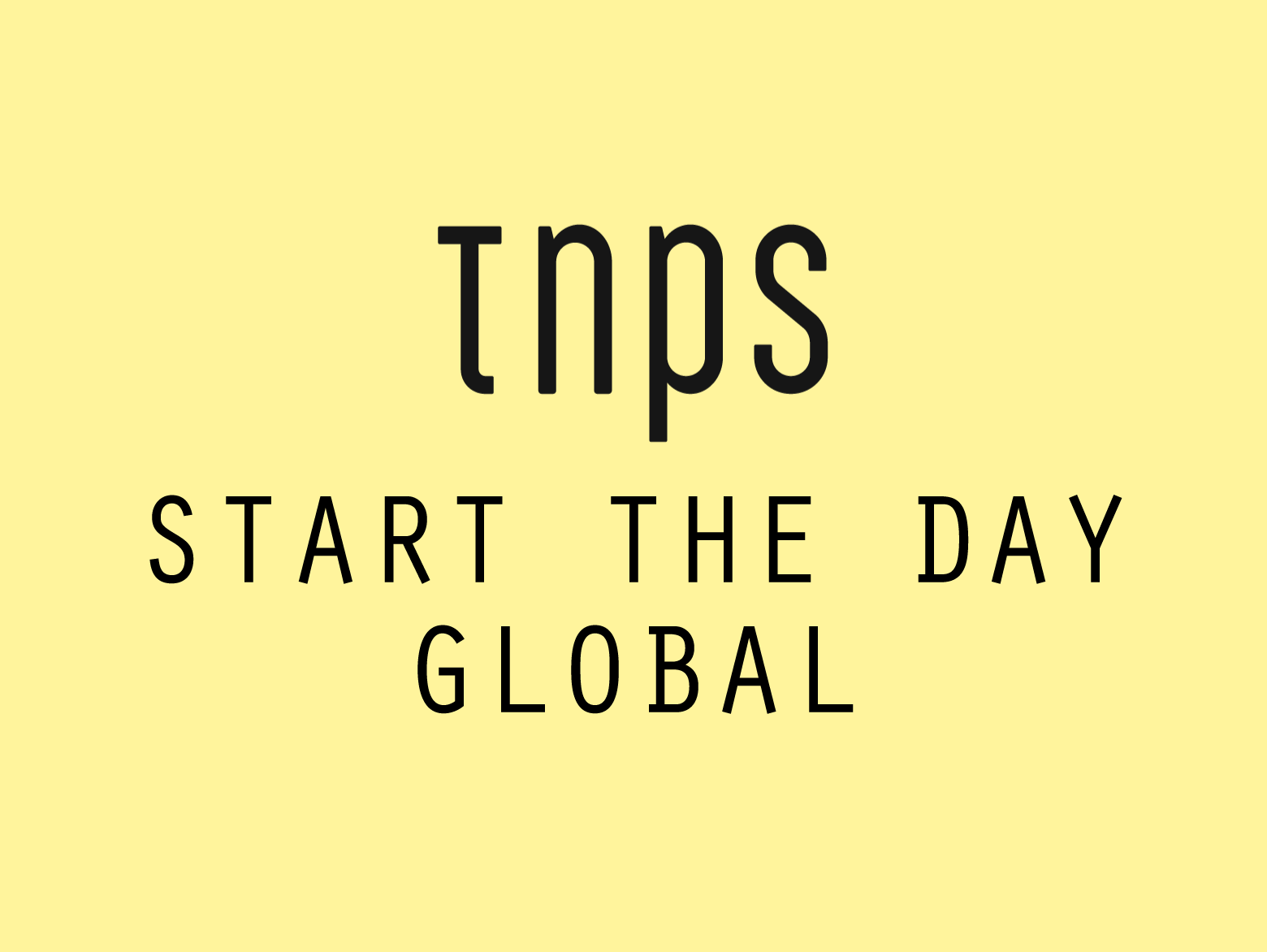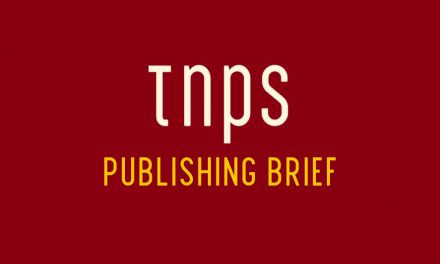
Table of Contents
There’s so much happening in publishing right now it’s impossible to keep on top of it all, but some stories are too good to pass by without at least a quick mention here at The New Publishing Standard.
Here’s three of the best from my last browsing session.
1. Why didn’t B&N do KU?
Over at TeleRead Chris Meadows explains the secret of Amazon’s success: constantly trying new things.
Meadows raised the question “Why doesn’t Barnes & Noble have something similar to Kindle Unlimited for Nook?”
My first thought was that if Amazon were dependent, as B&N is, on Big Pub, then there would never have been a Kindle Unlimited. But of course for Amazon publishing in all its many forms is just a tiny fraction of the Everything Store’s revenue. Amazon doesn’t need to worry about upsetting Penguin Random House or Macmillan. And besides, Amazon has a huge supply of content from the self-publishing community to ensure Kindle Unlimited’s well will never run dry.
But Meadows was heading in a different direction, looking at why Amazon succeeds where others – B&N among them – struggle.
Taking digital as the example, Meadows cites the Kindle, KDP, Prime, Amazon Music, Amazon Video, the Fire Tablet, etc, as examples where Amazon has not just offered consumers a product or service, but offered a variety of products and services which largely interconnect and help promote one another
Not everything turns to gold, of course. Meadows mentions the Fire phone as one occasion when the Bezos Midas touch didn’t quite work. There are many others. But failure is not total if something is learned from the mistake.
In fairness to B&N, they did make the effort too. Nook tablets, Nook overseas stores, etc. But it was always half-hearted, underfunded and lacking clear direction.
Read the full story from Chris Meadows here.
2. Ghosts in the Machine
The mobile storytelling platform oolipo was covered by Porter Anderson this week.
Anderson has a great interview with the oolipo (the absence of a capital letter is not a typo) team and I’ll borrow just a snippet or two to show you why it will be worth heading over to read the full story at Publishing Perspectives.
“There’s been a lot of progress in the past couple of months, and that is becoming more visible now. In mid-September, we launched the Android version of our mobile app alongside a major overhaul of the iOS following experience with and user feedback on our earlier iOS app.
“In parallel, we’ve been working hard to get a powerful set of creation tools out to the first 300 users in a closed beta, and we’re about to open them up for everyone in October, embedded in a Web platform that comes with a viewer version for oolipo stories for mobile browsers.”
As an author myself, that’s interesting. But am I up to writing stories in this new format for smartphones?
A which point you may be asking, “What’s new? People have been reading on phones for a good few years now.”
But not like this.
In the oolipo story Jellybone, about ghost messages from beyond the grave that appear on a character’s phone, explains the oolipo team, “ghost messages sneak up on you through your phone. That’s when you become the main character, and the phone in your hand is Flo’s phone and you’re the one receiving those messages.”
Check out the full story from Porter Anderson here.
3. From self-published to superstar. In India.
From British ghosts to Indian mythology, and over at The Better India there’s an exclusive interview with Indian writing legend Amish Trapathi, author of the Shiva trilogy, touted as “the fastest-selling book series in the history of Indian publishing.”
Yeah, and in case you were wondering, Trapathi wrote the first book on the daily commute, sent it out and collected twenty rejections, so self-published it.
Four million sales later…
Read the full interview here.





